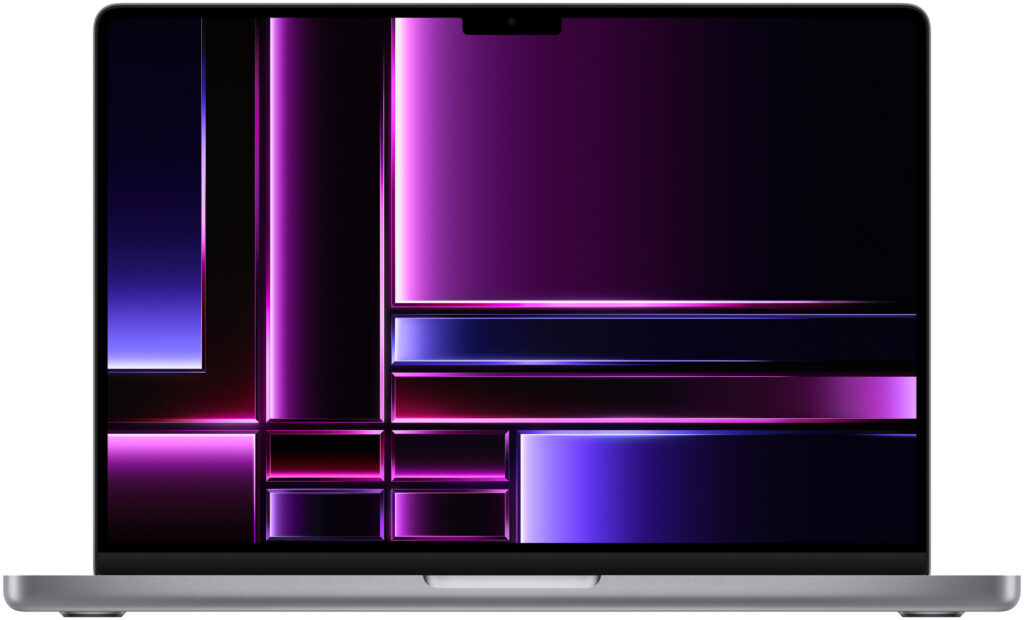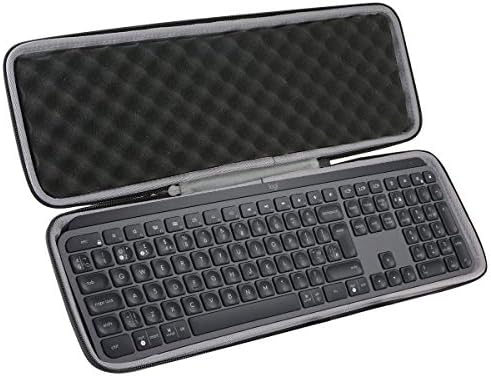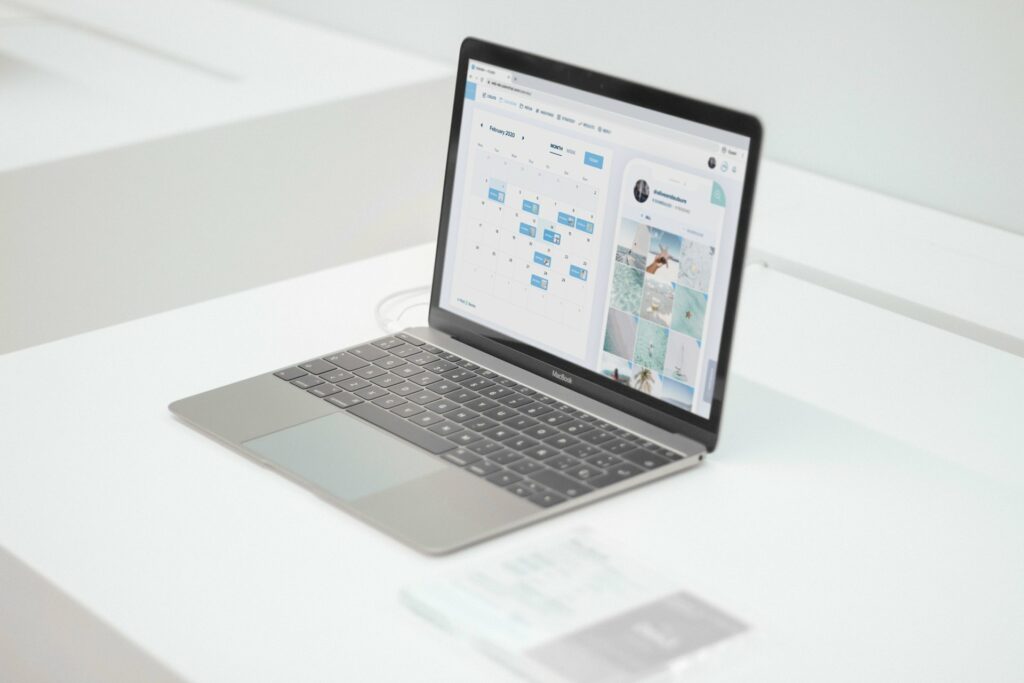Apple MacBook Pro 16-inch (2023) Review: Power Meets Efficiency Table of Contents 1. Introduction Welcome to our comprehensive review of the Apple MacBook Pro 16-inch (2023), a device that has stirred the tech community with its impressive features and the introduction of the M2 Max chip. In this review, we will explore the laptop’s key features, performance, and how it stands against its predecessors and competitors in the market. Whether you are a graphic designer, a gamer, or someone looking for a powerful laptop for productivity, this review will provide you with all the information you need. 2. MacBook Pro 16-inch 2023: A Detailed Review A. Overview and First Impressions The MacBook Pro 16-inch (2023) maintains Apple’s sleek design, featuring a stunning Mini LED display with a 3456 x 2234 resolution, ensuring vibrant colors and sharp visuals. The build quality is robust, and the initial setup provides a seamless user experience, characteristic of Apple’s macOS ecosystem. B. Power and Performance Equipped with the new M2 Max chip, the MacBook Pro showcases remarkable performance improvements. The chip features a 12-core CPU and a 38-core GPU, offering a significant boost in both processing and graphics. Benchmark results indicate that the M2 Max outperforms its predecessor, the M1 Max, in various real-world applications and multitasking scenarios. C. Gaming Capabilities For gaming enthusiasts, the MacBook Pro with M2 Max presents a notable advancement. The laptop achieved impressive frame rates on high-end games like Shadow of the Tomb Raider, showcasing a 66 percent improvement over the M2 Pro. While not primarily a gaming laptop, the MacBook Pro 16-inch (2023) can certainly handle graphically intensive tasks and provide a satisfying gaming experience. D. Comprehensive Feature Analysis The MacBook Pro offers a range of hardware and software upgrades, including enhanced connectivity with multiple USB-C ports, superior audio quality through advanced speakers, and user customization options within the macOS. The touchpad size is generous, and the build quality remains unmatched, setting the MacBook Pro apart from most Windows laptops. 3. In-Depth Comparisons A. M2 Max vs. M1 Max The comparison between the M2 Max and the M1 Max reveals incremental upgrades. The M2 Max features additional CPU cores, more GPU cores (up to 38), and can accommodate up to 96GB of memory, compared to the M1 Max’s 64GB cap. Despite being hotter and louder under heavy loads, the M2 Max model offers several additional hours of battery life, making it a competitive choice in the laptop landscape. B. M2 Max vs. M2 Pro When comparing the M2 Max to the M2 Pro, the differences in GPU power are significant. The M2 Max demonstrates over a 40 percent increase in graphic performance on various benchmarks, making it the most graphically powerful laptop chip that Apple has released. The M2 Pro, while efficient, is more suited for users with less graphically intensive tasks. 4. Pricing, Configurations, and Value The MacBook Pro 16-inch (2023) is available in various configurations, with the M2 Max model starting at $3,299. The pricing analysis suggests that the laptop offers value for money, especially considering the performance improvements and additional features. However, potential buyers may also consider discounted or refurbished M1 Max models for a more budget-friendly option. 5. Battery Life and Efficiency The MacBook Pro with M2 Max stands out for its exceptional battery life and efficiency. Users can expect several additional hours of work on a single charge, with the laptop competing well against other models known for long battery life, such as LG’s Gram and Asus’ ExpertBook. <a name=”market- landscape-competition”> 6. Market Landscape and Competition In the competitive laptop market, the MacBook Pro faces stiff competition from brands like Dell, HP, and Lenovo, which offer high-performance models with Intel and AMD chips. However, the MacBook Pro’s unique combination of power, efficiency, and build quality positions it as a strong contender in the market, appealing to both Apple enthusiasts and professionals seeking top-tier performance. 7. Buyer’s Guide and Considerations For those contemplating purchasing the MacBook Pro 16-inch (2023), it is essential to assess individual needs and preferences. The laptop is ideal for graphic designers, video editors, developers, and other professionals requiring high computing power. Current MacBook owners should weigh the benefits of upgrading, while those exploring alternatives may consider other brands offering similar specifications at varying price points. 8. Additional Features and Insights Beyond the hardware, the MacBook Pro offers a refined user experience through the macOS, featuring enhanced security, data protection, and accessibility options. The operating system is intuitive, with regular updates and a wide range of applications available through the App Store. 9. Frequently Asked Questions (FAQs) 10. Conclusion The Apple MacBook Pro 16-inch (2023) with M2 Max is a powerhouse, offering a blend of performance, efficiency, and premium build quality. While the price tag is on the higher end, the laptop’s features and capabilities make it a worthwhile investment for professionals seeking top-tier performance. Whether you are upgrading or purchasing a MacBook for the first time, this model stands as a testament to Apple’s innovation and commitment to delivering high-quality computing experiences. 11. User Reviews and Community Feedback We encourage readers to share their experiences and opinions on the MacBook Pro 16-inch (2023) in the comments section below. Your insights will contribute to a broader understanding of the laptop’s performance and user satisfaction. 12. Related Articles and Resources For further reading and research, check out the following related articles and resources: We hope this comprehensive review has provided you with valuable insights into the Apple MacBook Pro 16-inch (2023) and assisted you in making an informed decision. Feel free to explore the related articles and resources for additional information and perspectives.






